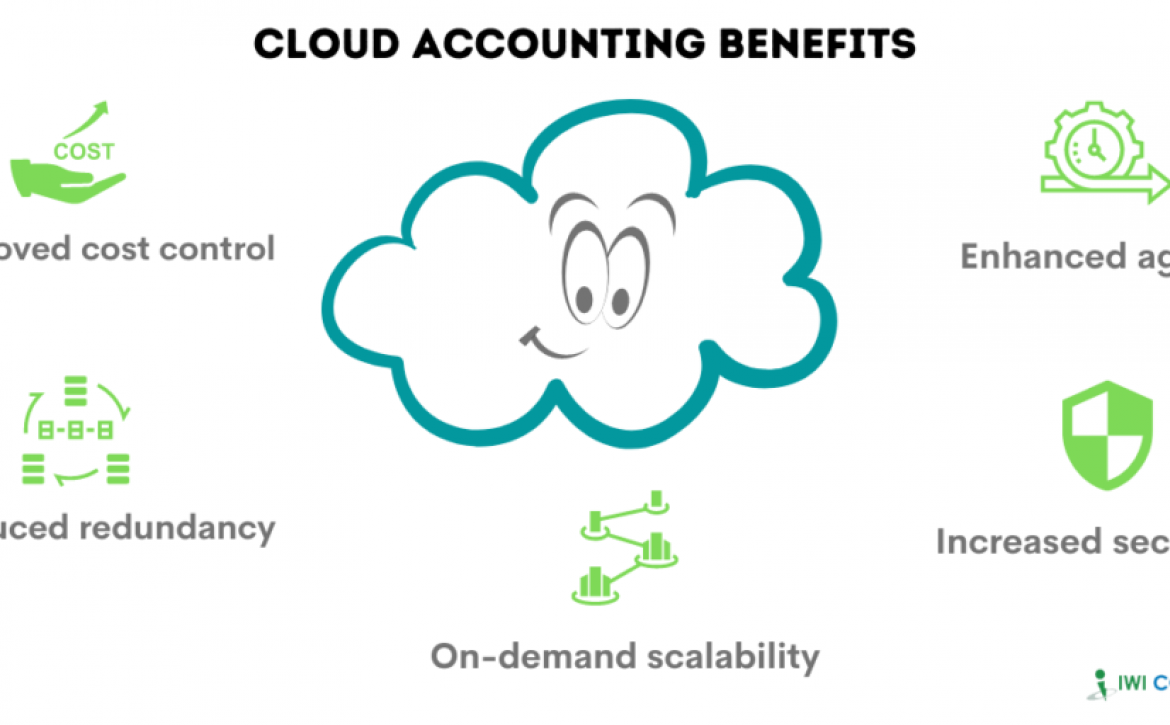ERP Software for Retail Industry: How Emerging Technologies Drive Growth
In today’s evolving retail landscape, leveraging the right technology is no longer a luxury; it’s a necessity. CEOs and CFOs of retail businesses face mounting pressure to optimize operations, improve financial visibility, and deliver exceptional customer experiences. This is where ERP software for the retail industry comes in, transforming how companies manage inventory, sales, finances, and supply chains with integrated, intelligent platforms.
Modern ERP systems like Sage 300 and Acumatica are at the forefront of this technological revolution, embedding emerging capabilities that empower retailers to drive sustainable growth. This article explores how these innovative solutions leverage emerging technologies to help retailers grow efficiently and compete effectively in an increasingly complex market.
Why ERP Software for Retail Industry is Essential for Growth
Retail businesses juggle multiple channels, locations, and complex inventory flows. Without a unified system, managing financials, supply chain, sales, and customer data becomes inefficient and error-prone.
ERP software for retail industry provides a centralized platform that integrates these critical functions, offering:
- Real-time visibility into inventory and sales across all stores and e-commerce channels
- Automated financial management and reporting for accurate forecasting and compliance
- Scalable solutions that grow with your business as you add stores or expand product lines
- Enhanced customer experience through better stock management and faster order fulfillment
With the retail sector rapidly evolving, ERP systems that embrace emerging technologies enable businesses to stay agile and ahead of the curve.
Emerging Technologies Driving Growth in Retail ERP
Leading ERP platforms now incorporate advanced technologies that drive efficiency, insight, and automation. The key trends include:
1. Cloud Computing and Mobility
Cloud-native ERP platforms allow retailers to access real-time data anywhere, anytime, critical for multi-location operations and remote management. Mobile capabilities empower store managers and executives to make data-driven decisions on the go.
Acumatica, built as a cloud-first platform, offers full web and mobile access with modern interfaces and seamless integrations via REST APIs. This design ensures retailers can operate flexibly and scale without the constraints of traditional on-premise systems.
2. Artificial Intelligence (AI) and Machine Learning (ML)
AI-powered analytics and ML algorithms help retailers forecast demand, detect anomalies, and automate workflows. This leads to improved inventory management, reduced stockouts or overstocks, and smarter purchasing decisions.
Acumatica’s emerging AI capabilities include built-in AI assistants, anomaly detection, demand forecasting, and automation of exceptions and workflows, helping finance leaders make better decisions.
3. Omnichannel Integration
Customers expect seamless experiences across physical stores, online marketplaces, and mobile apps. ERP software integrates POS systems, e-commerce platforms like Shopify and Amazon, and inventory management to deliver consistent pricing, promotions, and stock availability.
Both Sage 300 and Acumatica offer robust integrations to unify omnichannel retail operations. Sage 300 supports various ISV add-ons and EDI connectivity, while Acumatica includes retail-specific connectors for Shopify, BigCommerce, and Amazon fulfillment syncing.
4. Advanced Business Intelligence (BI) and Reporting
Real-time dashboards and customizable reports give retail CFOs and CEOs actionable insights into sales performance, cash flow, and operational bottlenecks. These tools enable proactive decision-making and strategic planning.
Sage 300’s Data & Analytics BI toolkit provides powerful dashboards and reporting options, while Acumatica offers built-in dashboards and generic inquiries tailored for retail financial management.
How Sage 300 ERP Software for Retail Industry is a Game-Changer
Sage 300, formerly known as Sage ACCPAC, is a trusted ERP solution for mid-market retailers seeking robust financial and operational management. It offers:
- Comprehensive Financial Control: From general ledger and accounts payable/receivable to multi-currency and inter-company consolidations, Sage 300 delivers mature financial capabilities that support global retail operations.
- Inventory and Order Management: Powerful tools for inventory control, purchase and sales orders, warehouse management, and lot/serial tracking ensure accurate stock levels and order fulfillment.
- Flexible Deployment Options: Available on-premise or via certified cloud partners, Sage 300 supports both SQL and Pervasive databases and offers scalable editions (Standard, Advanced, Premium) tailored to business size and complexity.
- Strong Ecosystem and Extensibility: With a rich ISV partner network, open APIs, and advanced BI tools, retailers can customize Sage 300 to fit unique operational requirements and gain actionable insights.
By leveraging Sage 300, retailers gain a stable, scalable platform designed to optimize cost, improve compliance, and enhance financial visibility,key factors for sustained growth in competitive markets.
Why Acumatica ERP Software for Retail Industry Empowers Growth
Acumatica is a modern, cloud-native ERP platform designed for scalability and flexibility in today’s dynamic retail environment. Key features include:
- Cloud-First Architecture: Provides anytime, anywhere access with mobile-friendly design and seamless API integrations.
- Modular Licensing Model: Pay only for the functionality needed, making it cost-effective and adaptable as your retail business evolves.
- Retail-Specific Functionality: Includes integrated POS, Shopify and BigCommerce connectors, Amazon fulfillment sync, and tailored inventory and order management for retail workflows.
- AI and Automation: Advanced capabilities such as AI assistants and demand forecasting automate routine tasks and improve financial decision-making.
- Comprehensive Financial and Distribution Management: Covers full accounting, cash management, multi-company support, AR/AP, and distribution with lot/serial tracking.
For retail businesses seeking a future-ready ERP, Acumatica delivers a highly extensible, cloud-based solution that enhances operational agility and drives growth through innovative technology.
Choosing Between Sage 300 and Acumatica for Your Retail Business
Both Sage 300 and Acumatica offer powerful ERP capabilities tailored for retail, but differ in deployment, licensing, and technology approach. Consider these factors:
| Feature | Sage 300 | Acumatica |
|---|---|---|
| Deployment | On-premise or cloud via partners | Cloud-native, SaaS model |
| Licensing Model | Subscription editions (Standard to Premium) | Modular pay-as-you-grow licensing |
| Retail Integrations | ISV add-ons, EDI, flexible | Built-in Shopify, BigCommerce, and Amazon sync |
| AI & Automation | Strong BI tools, ecosystem-based | Built-in AI assistants, automation |
| Scalability | Scalable with added modules and editions | Highly scalable with flexible modules |
Your choice will depend on your company’s size, growth plans, IT infrastructure, and preference for cloud versus hybrid deployments.
How IWI Group Supports Your Retail ERP Journey
Selecting and implementing the right ERP software for retail industry is a critical step that requires expertise, planning, and ongoing support. At IWI Group, we specialize in helping retail businesses make informed ERP decisions and maximize their investment.
Our services include:
- ERP requirements assessment and benchmarking
- Vendor shortlisting and strategic selection
- Custom rollout planning, data migration, and comprehensive user training
- BI dashboard design and financial reporting setup
- Ongoing support, extension deployment, and change management
Partnering with IWI Group ensures you confidently navigate your ERP selection and implementation, enabling your retail business to thrive with technology that drives growth and operational excellence.
Ready to harness the power of ERP software to accelerate your retail growth? Contact IWI Group today to start your transformation journey.















